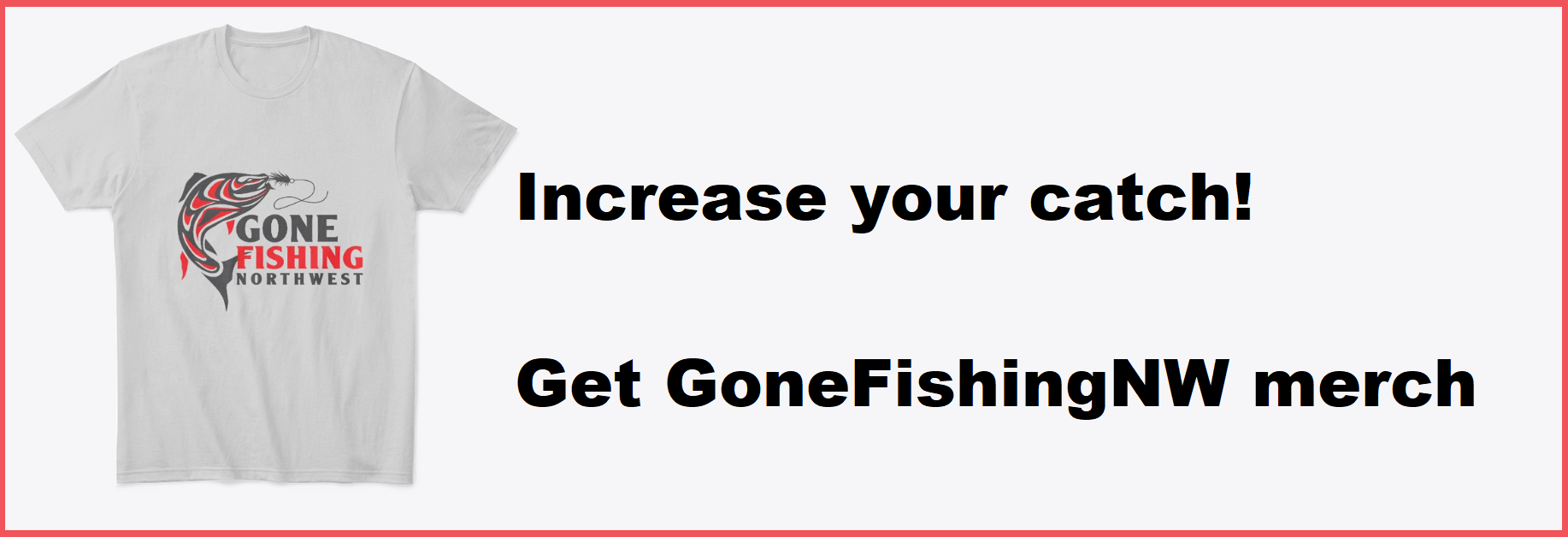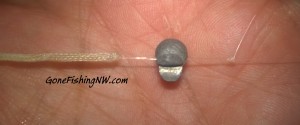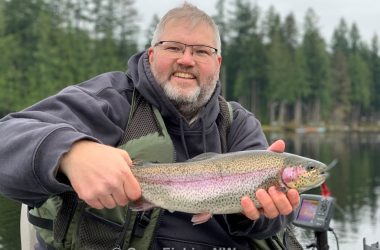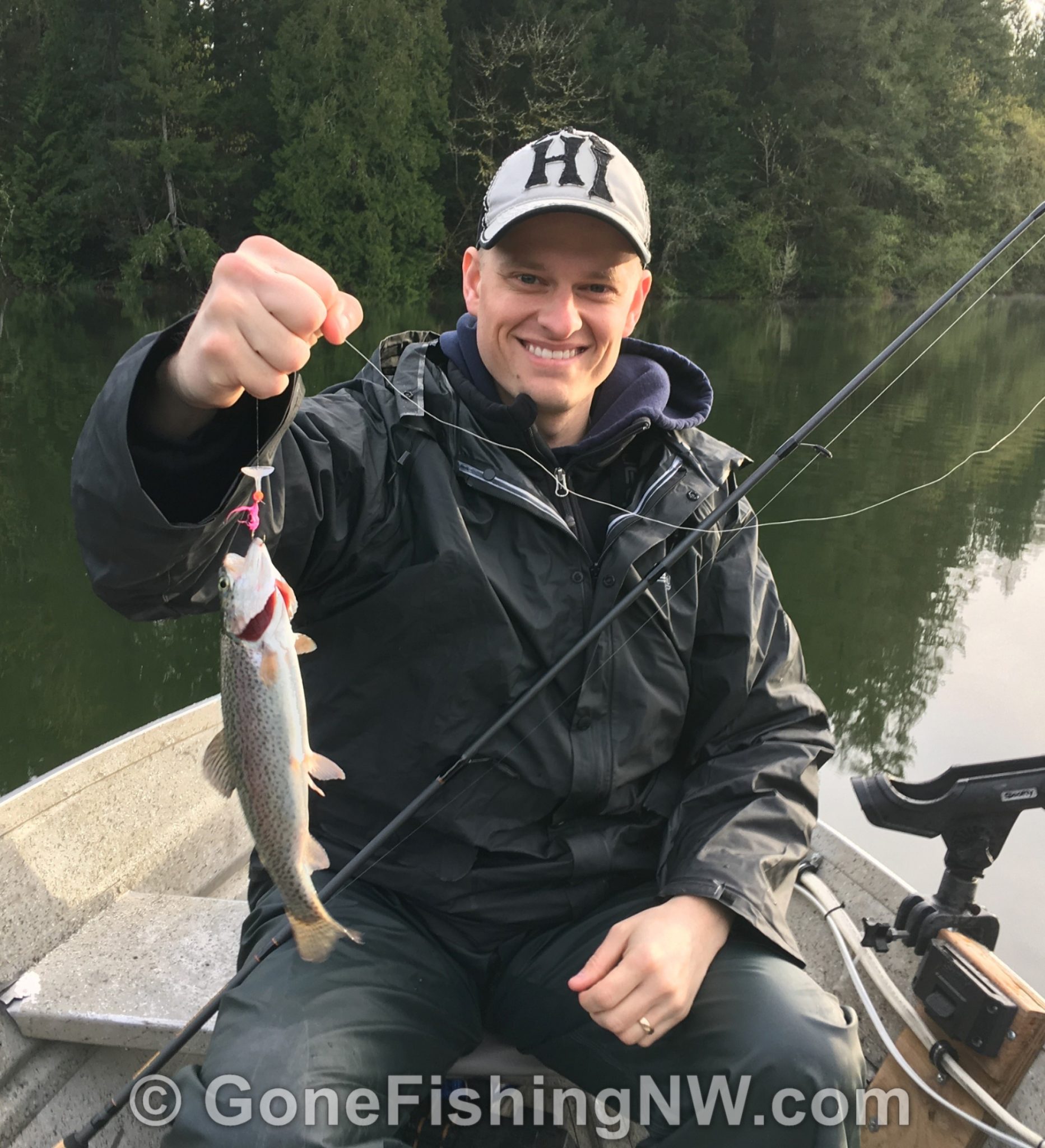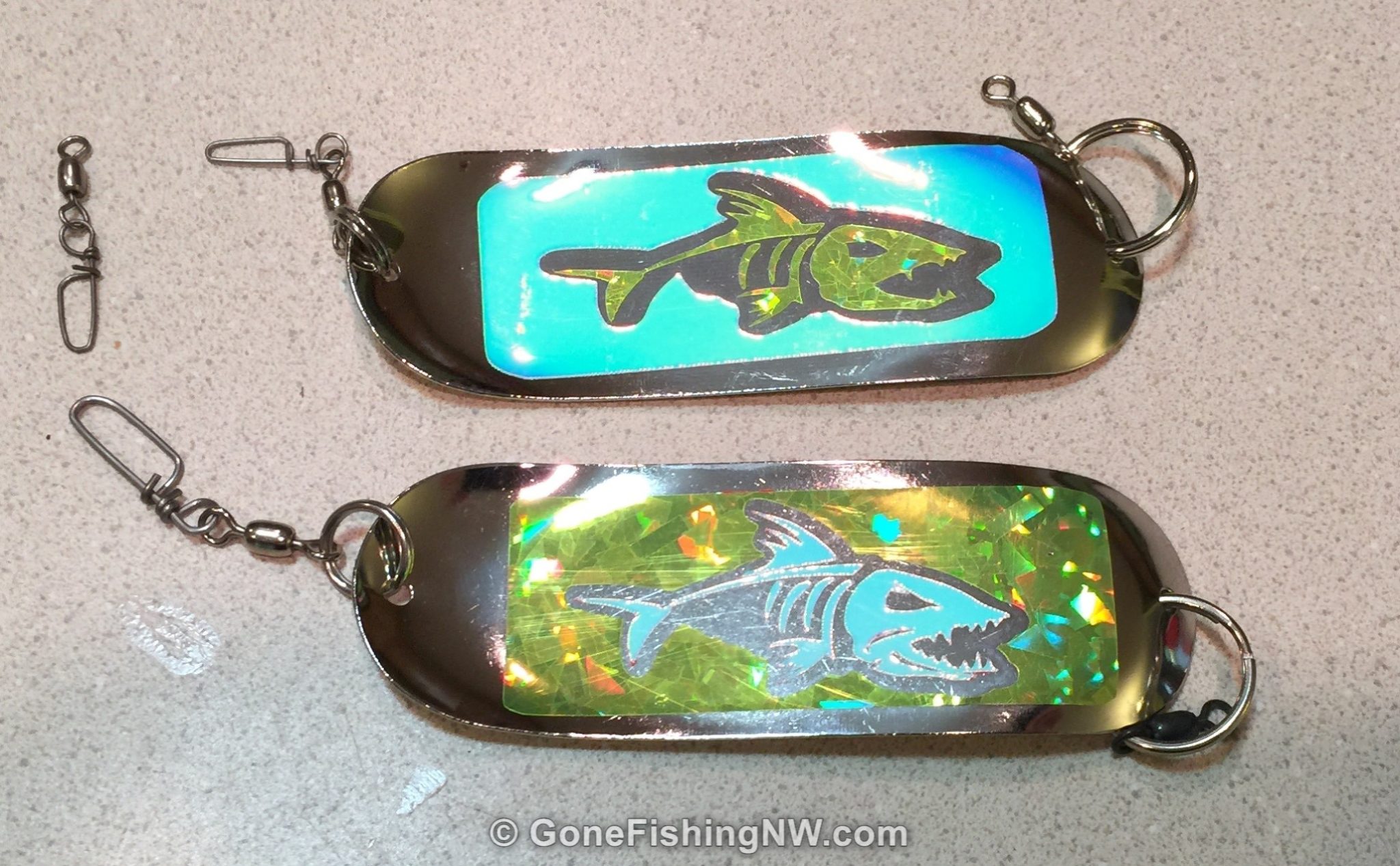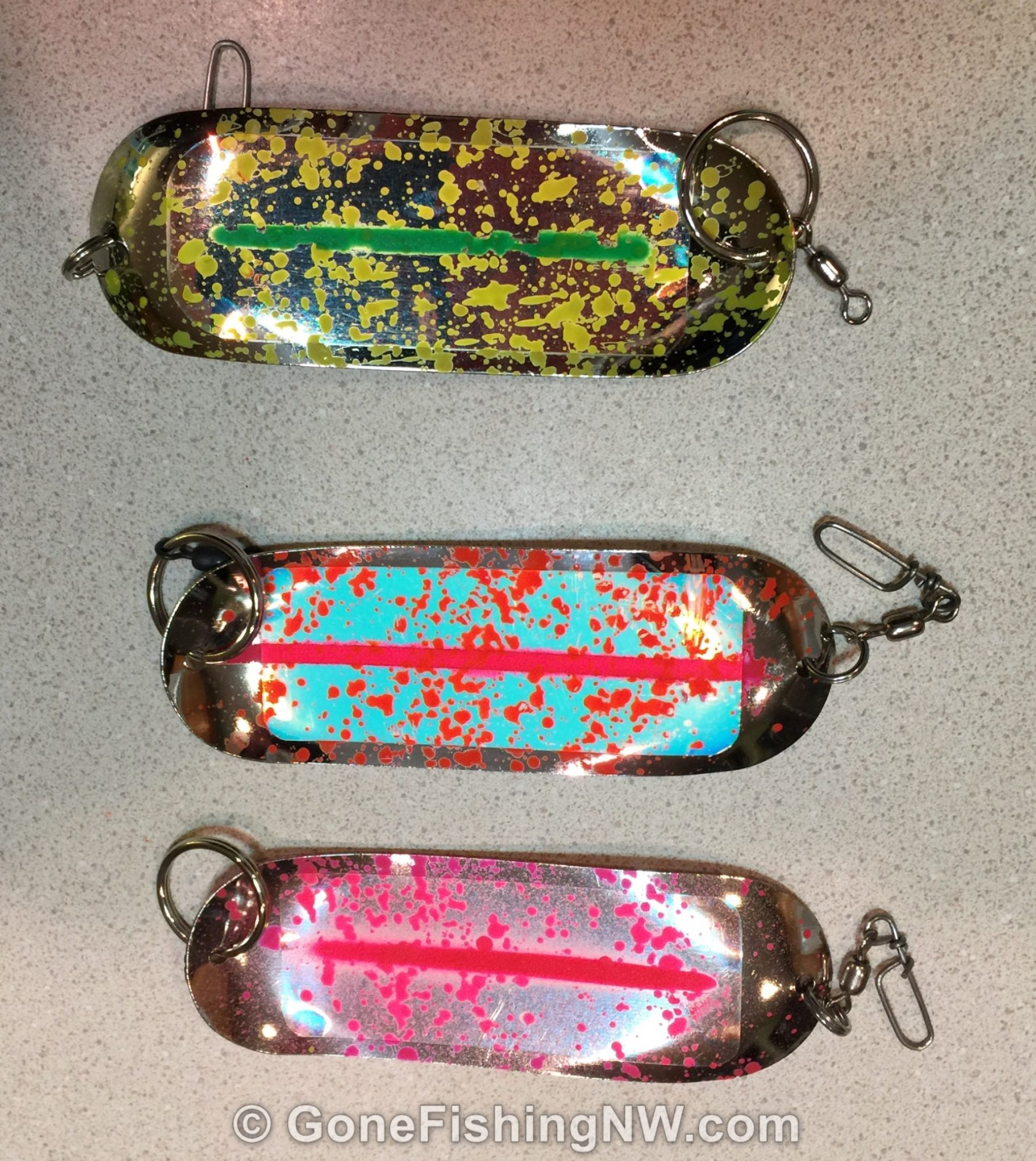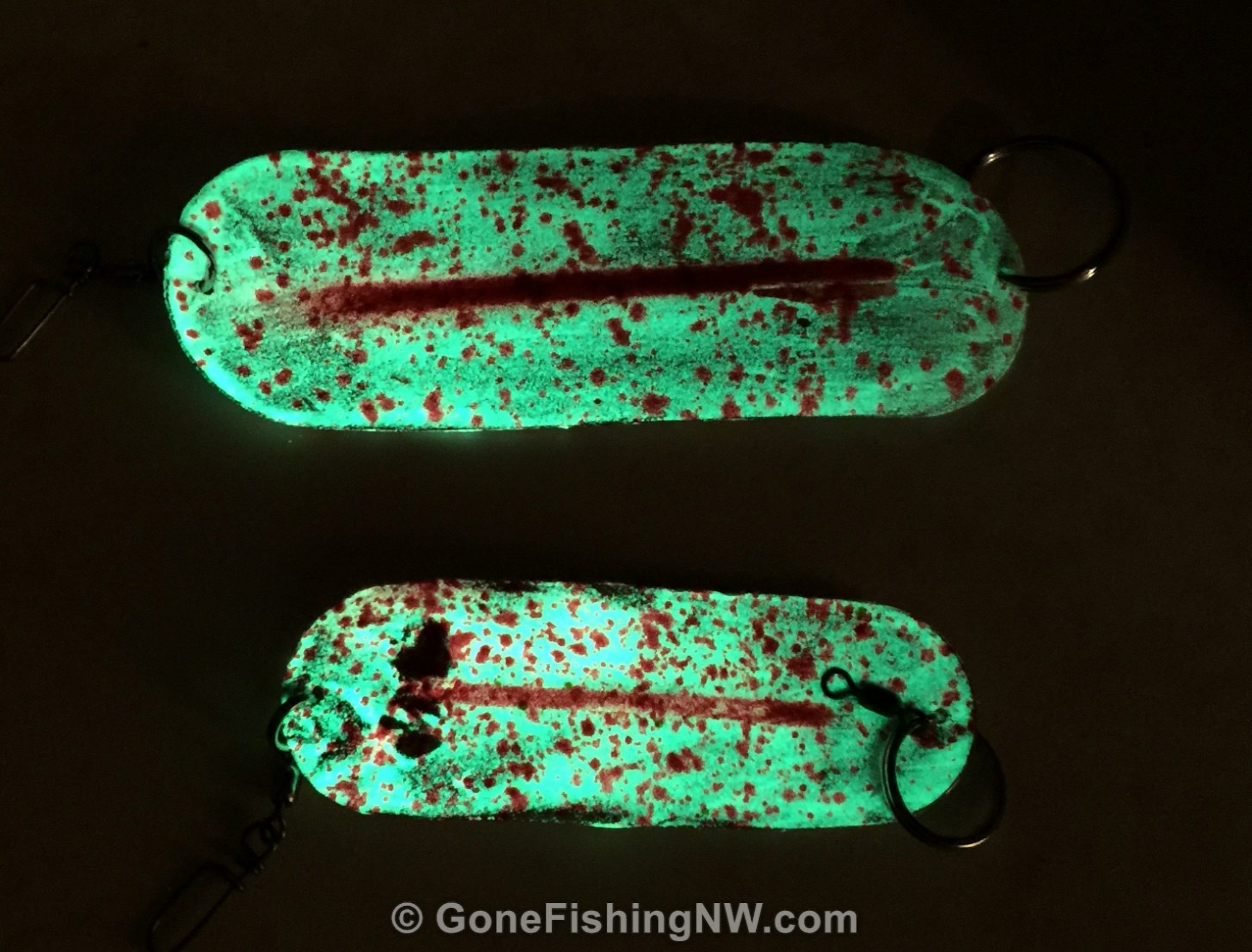Trolling can be an effective way to fish. Done right it allows you to do 3 things:
First, cover a lot of water to find where the fish are.
Instead of working a specific patch of water for several minutes, hoping there are fish there, you keep moving covering new water and hopefully exposing your lure to the maximum number of fish.
Second, it lets you keep your lure at the desired depth the entire time while fishing.
When we talk about a specific depth, like the thermocline, trolling has a big advantage over cast and retrieve. When you cast and retrieve you aren’t really fishing during the time your fly is out of the water, or when it is sinking to the right depth. With trolling we can keep our fly at the right depth during the entire time.
Lastly, it lets us present our flies far from the boat.
When we cast the distance from the boat is limited to how far we can cast. For trolling however we can always let out more line and even get into the backing if we want.
However fly fishermen seem to suffer when it comes to trolling because few of them really understand how to do it effectively. The biggest mistake I see is not getting their fly to the right depth.
They assume that since they are using sinking line and maybe a beadhead fly that it will get down deep enough. However this combination will not sink more than a foot or 2, especially when trolling around 1-1.2 MPH.
When trolling the depth of the lure is determined by the balance of 3 factors – the speed of the boat, the weight on the line and the drag caused by the line. At a given speed the line will sink until the weight and drag are in balance. Increasing that speed will increase drag causing the balance to be at a shallower depth. Decreasing the speed will increase the depth.
Fly lines are designed to sink without any forward movement – which is why they underperform when trolling.
The best way to increase the depth when trolling is to add weight. I do this by adding split shot on the leader. I can easily adjust the depth by adding and removing split shot until I have it dialed in.
Since I’m not casting I don’t use tapered leader since there is no need to cause that fly to lay out. Instead I just use a length of fluorocarbon leader, usually 4 or 6 pound strength.
I attach it to the fly line with a loop. The knot in the loop gives a nice spot to attach the split shot, as the knot will prevent it from sliding up and down the line. Like this:
I like my leaders to be as long as I can get away with. Which is usually around the length of the rod, since any longer makes it hard to land the fish, given you can only reel until the splitshot is to the guides.
Every fly line is different, but for me a size 7 split shot gives me about 3-4 feet of depth. So if I want to fish 10 feet down, I’ll put on 3 split shot.
Trolling is also a great time to use a wigglefin actiondisc. Although keep in mind the extra drag will cause the line to come up a foot or 2.

